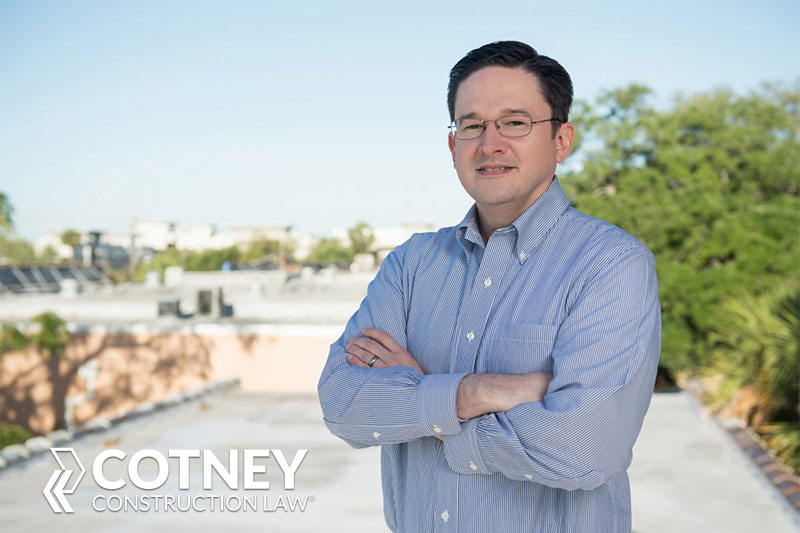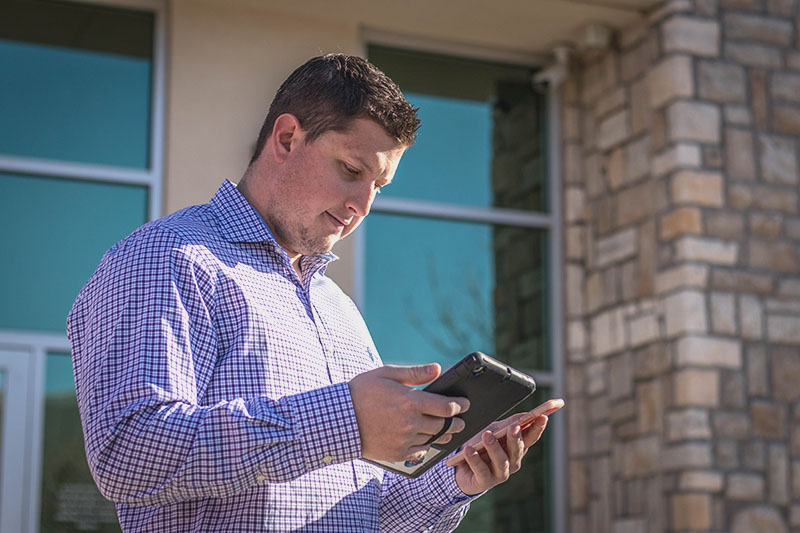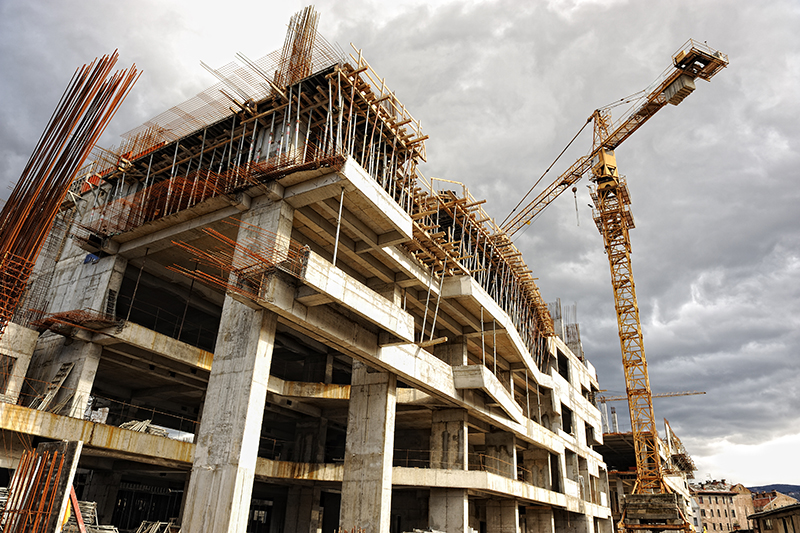By Cotney Construction Law.
There are many benefits to self-navigating rovers and drones that provide workplace surveillance. In this second part of our two-part series, we will outline some of the main reasons why, if functional, this technology should be embraced by the construction industry.
The Problem with Construction Interiors
When drone technology became highly sophisticated, the devices were seamlessly integrated into the construction industry process capturing data for exteriors. Of course, drones were enhanced with new advancements over the years. With that being said, the interiors of construction sites were never as easy to navigate for autonomous devices until this recent technology circumvented many of these problems. In the near future, rovers could be implemented much to the same effect as drones.
Conquering This Problem
Inspecting construction work that is in progress and in an interior can be very difficult for the inspector. Inspectors can make misjudgments or overlook a problem. These mistakes or oversights can lead to both small and catastrophic accidents.
The precision of a Doxel rover allows construction professionals to confirm that the building process is being performed precisely with all of the components aligned correctly. If the metric data analyzed by the “deep learning” process shows that the progress is off kilter, the contractor can be notified via smartphone of the necessary steps to alleviate this issue. This technology at the contractor’s fingertips is invaluable.
Productive Technology
The deep learning process of this technology doesn’t just stop with the inspection process. An up-to-the-minute metrical analysis allows construction projects to save time instead of going back weeks to fix an unexpected issue. This, of course, results in significant reductions to the budget when certain issues are corrected in a timely fashion. Having an inspection process in real time that evaluates a project, highlights areas that need correction, and keeps an entire scale of a project recorded in measurable data is vital to construction project management. From budgeting to schedule coordination to keeping records on the quality of the project, this technology can find problems before they escalate and keep everybody on the project “in the know” on all of the important data.
Technology That Streamlines the Building Process
As we discussed in the first part of this two-part series, Doxel has created autonomous devices called rovers that can self-navigate around the entire perimeter of the workplace scanning for important measurable data that relates to a construction project. As we discussed in the second section, this intel is then uploaded to a cloud-based system that allows it to be algorithmically measured and processed. In the third section, we educated you on how this “deep learning” data can be sent to a construction manager’s smartphone, so they can review it and be aware of any areas of the work that need to be addressed.
Case Study of LiDAR Technology
Although this rover scanning technology is only in the embryo stage, it has shown promising signs of improving the construction process. In San Diego, CA, Doxel implemented its rover technology into a project where a multistory medical building was being erected. The rover was able to scan the infrastructure in approximately four to five hours each day and productivity reportedly improved nearly 40 percent on the project and the work was completed well under the estimated budget.
Monthly Subscription Fee
Although Doxel’s advanced technology has just been unveiled, the plan is to implement the services via a monthly subscription fee like most cloud-based services. One day in the near future, this technology may be implemented into all large-scale projects. Being able to digitally transfer all the measurable data of a project is an indispensable resource in itself. Any innovation that promotes the production of quality work in a timely fashion should be embraced by the construction industry.
Note: This article first published on Cotney Construction Law’s website and can be viewed here.
Disclaimer: The information contained in this article is for general educational information only. This information does not constitute legal advice, is not intended to constitute legal advice, nor should it be relied upon as legal advice for your specific factual pattern or situation.






